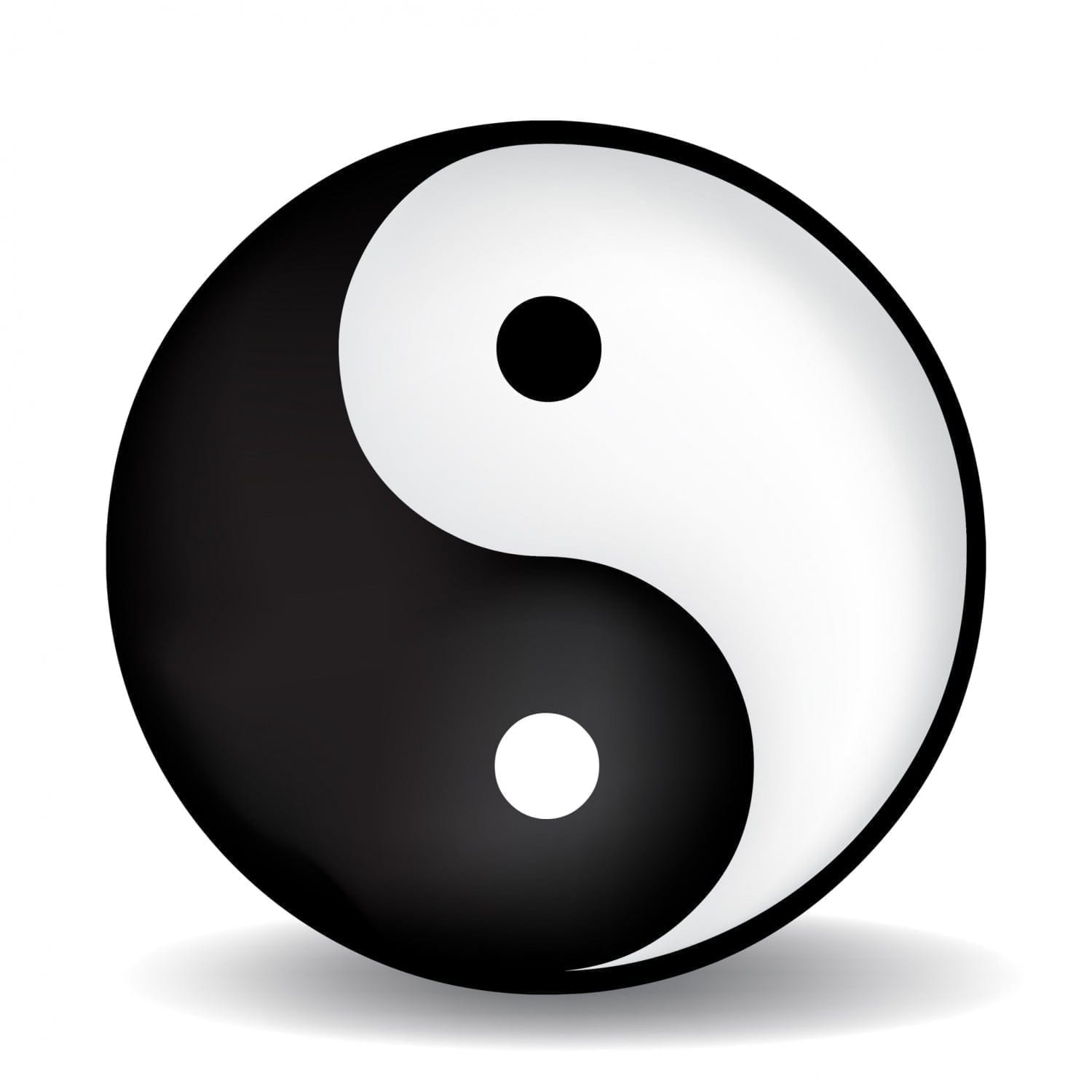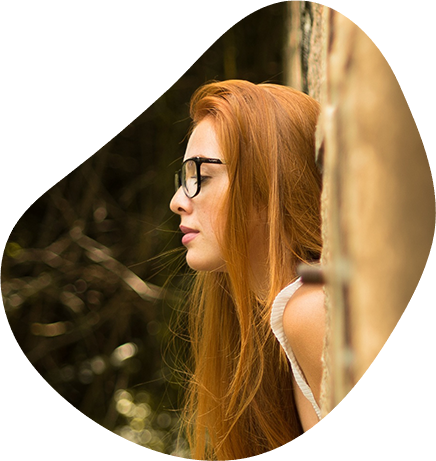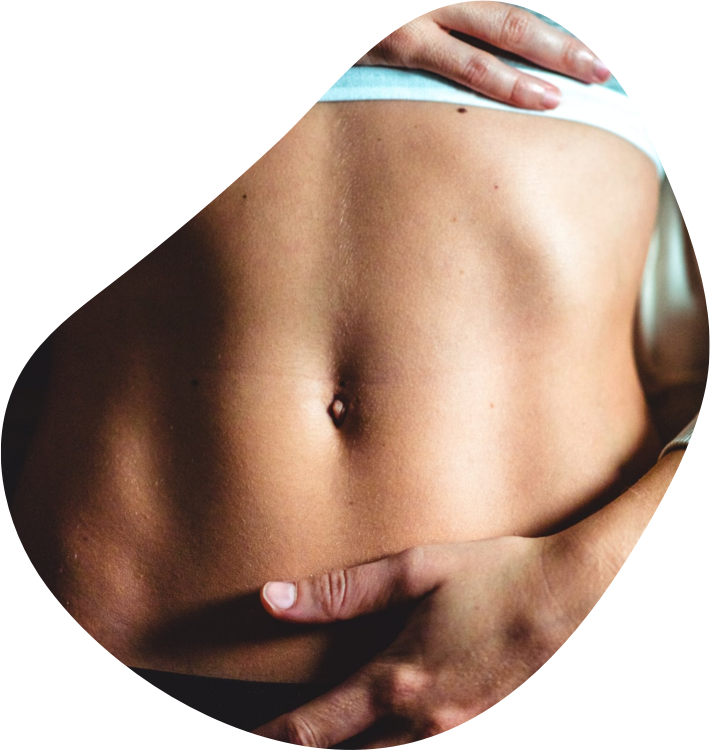Posted by Hugh Hayward – Traditional Chinese Medicine practitioner and Acupuncturist
I am writing this article because I figured that there must be a number of people who shared the same confusion I had when first exposed to Traditional Chinese Medicine (TCM). I am aware that it works, but how does it work?
The conventional use of medical lingo is not available in TCM and everything has to be translated for those who can’t just accept the shrugging off of questions by ancient gurus time and time again. “It is as it is, don’t complicate things with an explanation”. One part of my brain can deal with this. The other part cannot.
When I am receiving a treatment and putting my time and funds into that therapy, I like to understand it as best as anyone can without being obsessive, and I expect that our patients probably feel the same way. This is one aspect of holistic medicine which separates us from western medicine. The practitioner is the educator and the patient is also the student.
Thankfully, when you get your head around TCM, it is far simpler than most medical systems and when you start to see life in light of this, the subtle aspects of your own health and others around you become obvious. This is ideal in preventative medicine because it pays to know the signs. Why wait until you are crippled by some illness to receive the treatment? TCM is based on the Tao (or Dao) and the Tao is all encompassing. It is not something you receive when you go to the hospital – it is a way of life. People treat wellbeing as something to cross off their list, but being is an expression of existence. Only a sick person would choose to exist any other way than in wellness.
The TCM Theoretical Diagnostic Construct
The best way, I think, to view Chinese Medicine is as a theoretical diagnostic construct. It began with herbal medicine, moxibustion and qi gong (a form of exercise which promotes wellbeing) before acupuncture needles or even acupuncture points were ever used. They started with the knowledge of ‘qi’ and an understanding of channel pathways on the body – that when manipulated with massage and heat would give a therapeutic effect. It is my opinion that TCM as we know it today is the result of a meticulous system of trial and error. The medicine came before the explanation, and the results came before the research and thus an ideology was born to aid diagnosis and treatment. Acupuncture points and meridians then evolved with this set of guidelines as a basis and continues to develop today.
To appease the analytical mind, and to create a catalogue of symptoms and indications, a few ideas were employed.
The theory of yin and yang and the origin of the Tao.
The theory of the Tao is not to be mistaken with the religious following of Taoism. Taoist philosophy and religious beliefs are thought to have originated much later, as collaborated from ancient literature and teachings by the renowned Lao Tzu.
Fu Hsi, while never staking a claim in the origination of the Tao, was around much earlier than Lao Tzu. In any case, wondering where the Tao came from is as pointless as wondering about the birth of the cosmos. The Tao, being all encompassing, does not have an origin. It is a description of the reality of change and the balance of nature in all aspects of existence. The where, how, why and when is inconsequential to the Tao. We have a habit in trying to quantify everything in order to make sense of it. The theory of yin and yang helps us to grasp what is infinite in nature.
Yin and yang is a symbol of the concept of balance and the duality of existence. There is a little bit of something in everything else. The light of day and the darkness of night can only be quantified by their relative comparison. They only exist in our minds because of the other. This basic concept can be realised in every aspect of life. Everything is subject to change and thus everything is bound to become balanced. For example, night and day, substance and mechanism, stasis and movement, rest and work, passivity and aggression, cold and hot, empty and full, solid and hollow: all can be compared against their yin and yang counterpart.
The human body is bound by the concept of yin and yang and it is used to diagnose and treat disease in allowing the practitioner to work towards the ultimate balance of homeostasis.
What is Qi?
The concept of qi in Chinese medicine is rarely discussed but its importance lies in the core of the therapy and most patients don’t even know of its existence. Many modern TCM practitioners don’t even give it recognition beyond its symbology. Qi is often regarded as diagnostic terminology. It has become a name given to a specific pathology. Blood follows the qi, less qi is weakness and more qi is strength. This definition is watered down. It sets a limit for something which is not quantifiable and aims to measure it.
Qi is in everything. Yin and yang and the Tao are all forms of qi. Qi is not energy in the sense that we know it. When we think of energy, we think of a substance that can be spent and used like currency, when it is actually only ever redirected or converted, and like qi, neither can be destroyed. Energy is measured in force, heat and charge but now we know that it exists in all things and even in those that would appear to be stagnant. Magnetic, thermal and gravitational forces exist all around us, but we are in the habit of not feeling this.
Similar to quantum theory, qi exists as the expression of life force, but not just in all things living, but in patterns of vibrational changes which no space or matter is devoid. Electrons shift and bounce between molecules in a seemingly stagnant or solid object, while the core molecular recipe ripples outwards, creating the forms which we perceive.
This is significant in every aspect of existence and we use it in Chinese medicine. In recognising the manifestation of a microcosm, the practitioner is able to see into the body and treat the whole body macrocosm.
TCM as we know it today
The theory of Chinese medicine is becoming lost in the facts. In evolving with the modern world of research and evidence based medicine, TCM now has to comply or become lumped into the category of quackery. The evidence is there! TCM has been used to effectively treat disease for ages. While the science based advancement of acupuncture in the west benefits its exposure, many believe that this movement is a movement away from the Tao. Research based medicine is designed to gauge efficacy when compared with a placebo or a control. Comparing something that we are trying to understand (TCM), to something that we don’t understand (placebo) doesn’t have the clearest results.
The issue is that research has been structured like this based on the principle of western conventional ideologies and the two medicines could not be more different in their approach. When we apply an ancient medicine in the West, the danger is in adapting it to suit us. So instead, we need to adapt to suit the medicine.
So, the answer is, we don’t know how it works! We know what it does and we have a collection of theories about how and why, but more research needs to be applied to the mechanism of acupuncture when used in line with TCM theory, rather than efficacy and point prescription. We are taking something that when used as a whole is complete, and separating it into tiny pieces to be looked at under a microscope, all the while forgetting to see the big picture.



